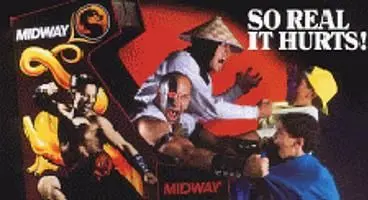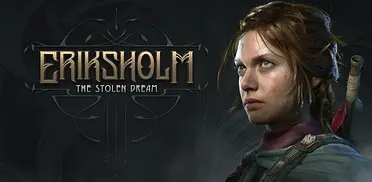It took the political stage by storm for its unforgiving style of brutality, especially as it wasn’t even rated. Nintendo censored it until ratings were brought in.
1993 heralded the arrival of Mortal Kombat in the home thanks to Nintendo and SEGA’s consoles. The problem was kids easily bought the games as they didn’t have a rating which scared Nintendo enough to censor the SNES version.
”The controversy with the game originally was because there was no rating system in place, and people were objecting to the fact that a game that was as violent as it is, did not have a rating,” said creator Ed Boon. ”I agree with that idea. The rating system is great.
”The censorship with the SNES version was a response to that. Nintendo felt like they had an obligation to not offer something like this to a system that’s played by many young players.”
”But after we had the rating system in place, they felt, OK, if there’s a rating on the box and people understand it’s a violent game, then it’s OK to sell it because it’s intended for an older audience.” Mortal Kombat owes what it is to Capcom’s Street Fighter.
”Back then, in 1991/92, fighting games were one of the biggest categories of games that were out there. Street Fighter II was getting into its stride. We felt we wanted to do something that was an American-made fighting game with the latest technology, which was digitised graphics at the time,” continued Boon, who today celebrates the release of an all-new entry.
”We felt we had something to contribute in that field.”
”I don’t think anybody was expecting the level of success the game had,” Boon said. ”It would be arrogant of me to assume that something was going to perform this well. It was a big surprise to us.” The franchise has a large number of spin-offs and releases.
”We hoped we would reach some level of success and pay for the development of the game. But I would have never have guessed that almost 20 years later we would still be making Mortal Kombat games.” Mortal Kombat releases on Xbox 360 and PS3 today.





